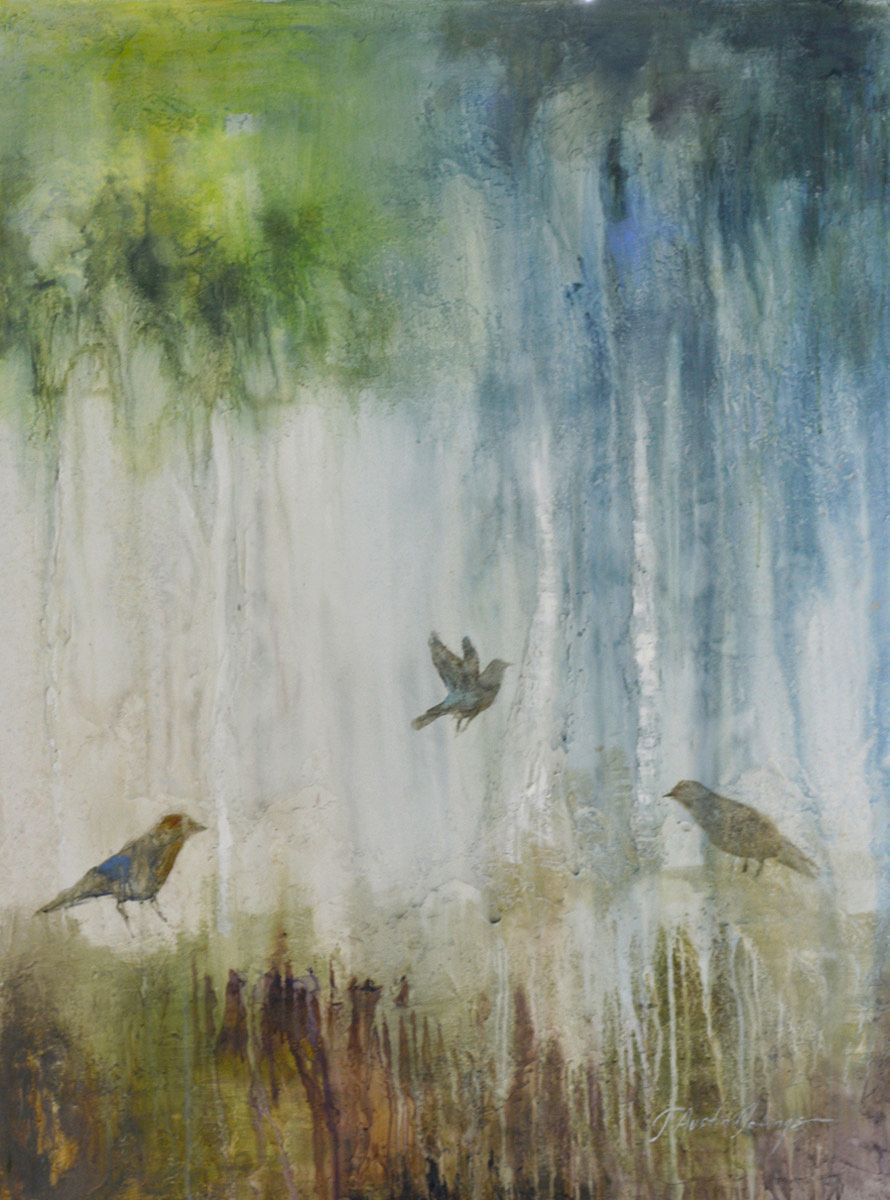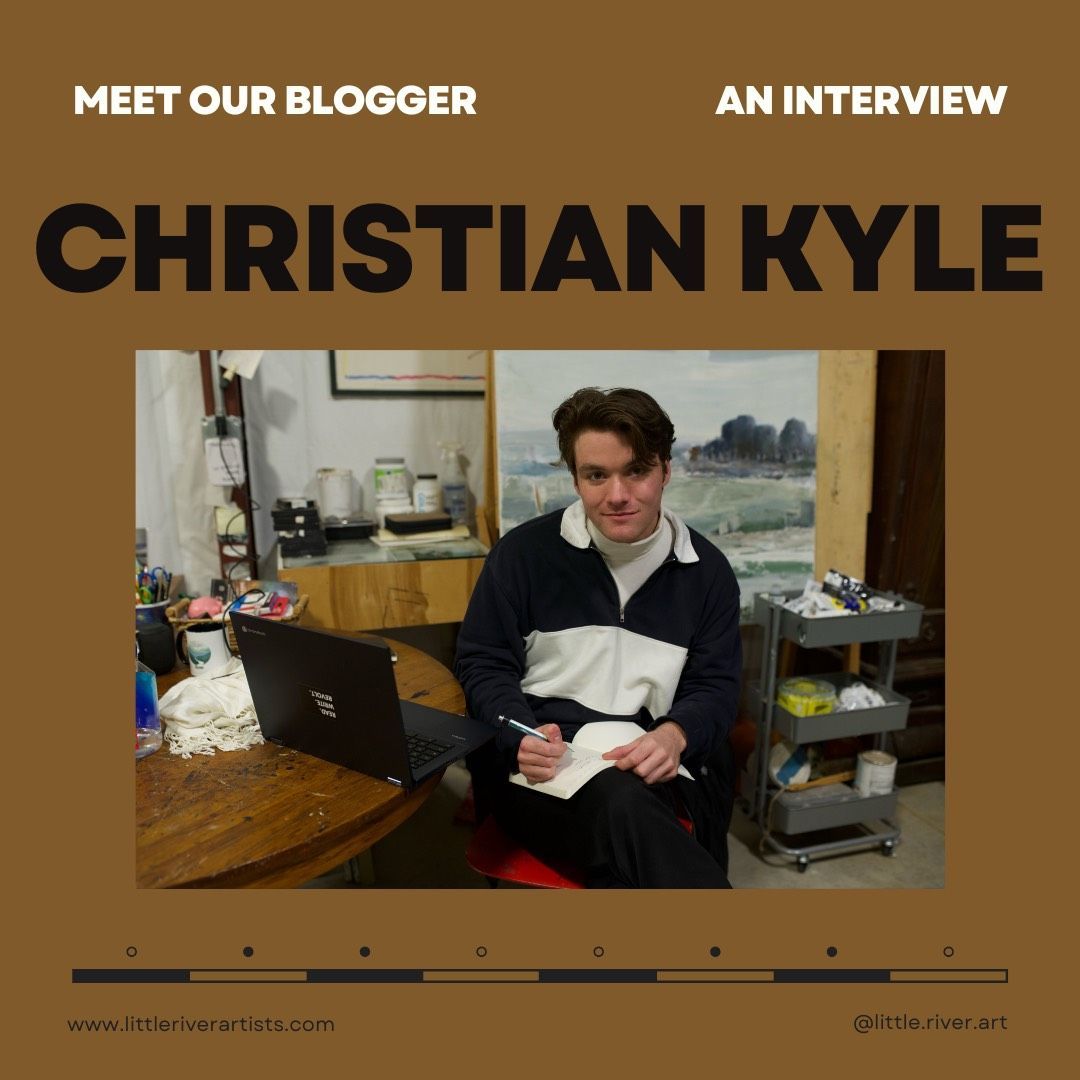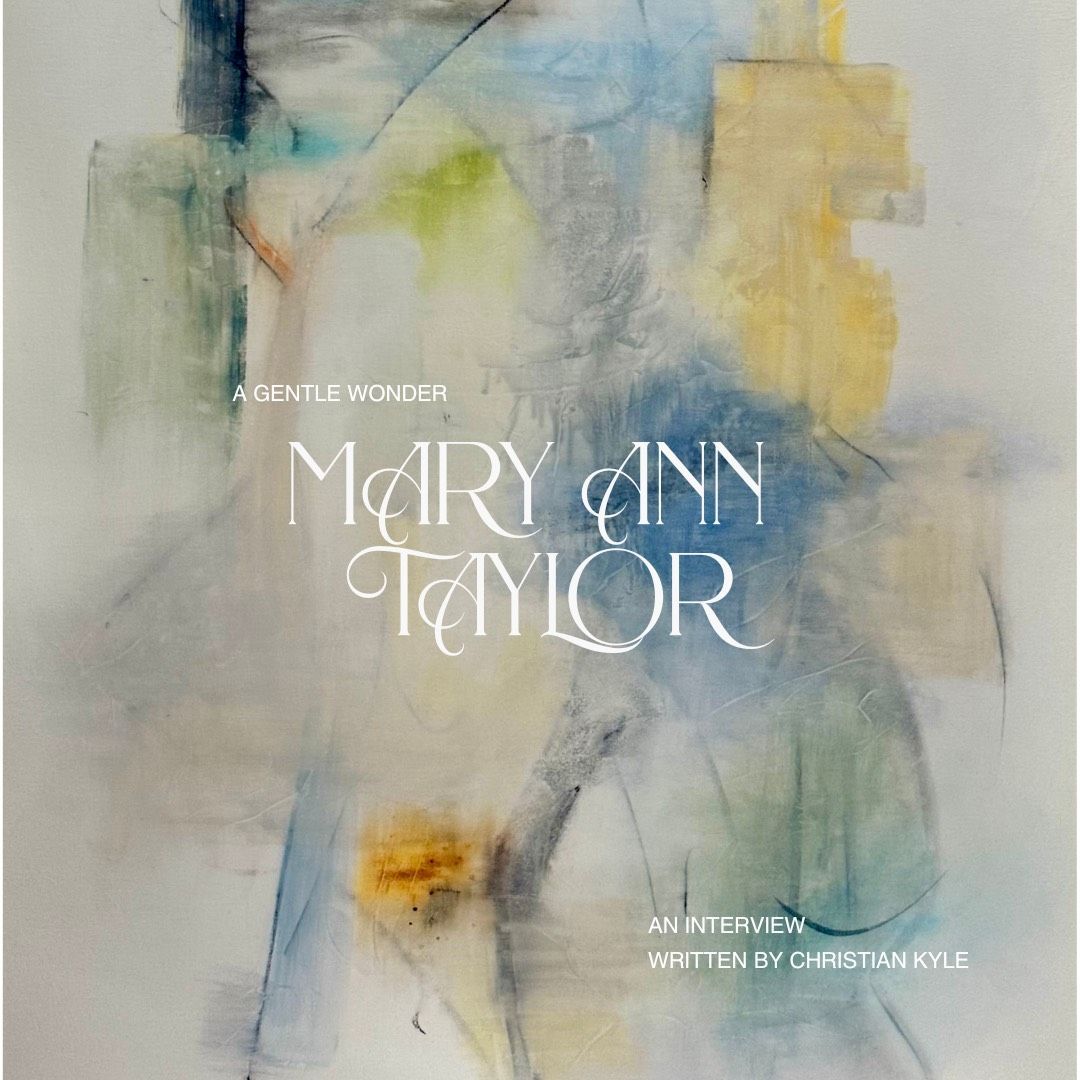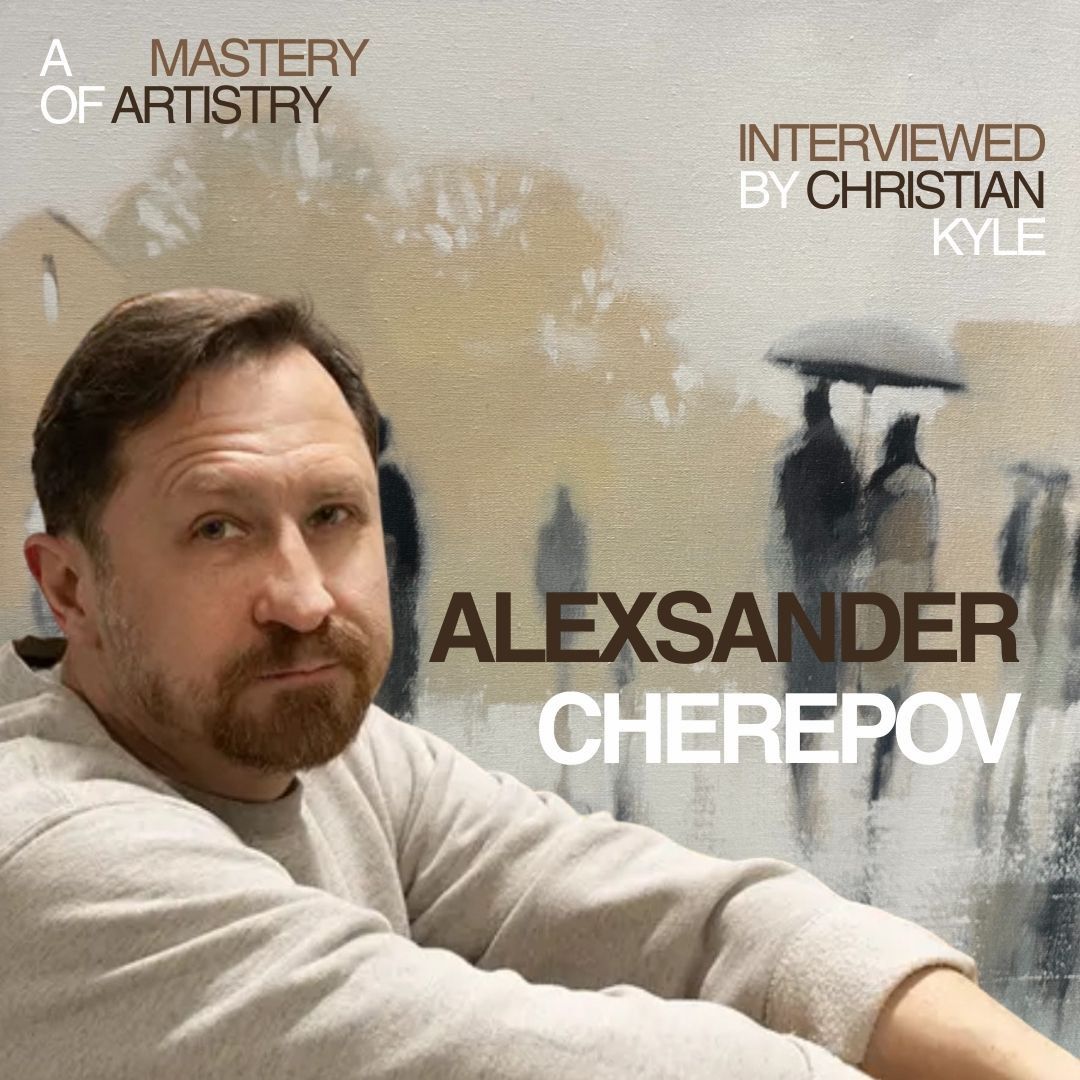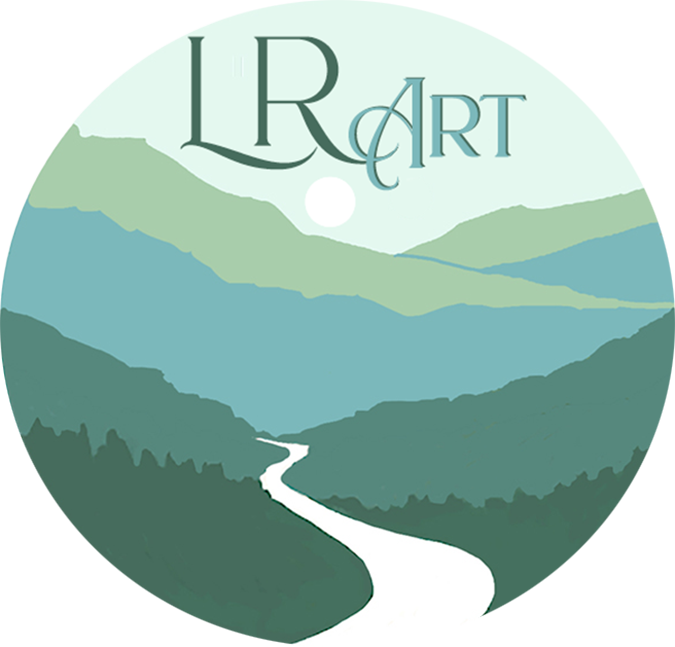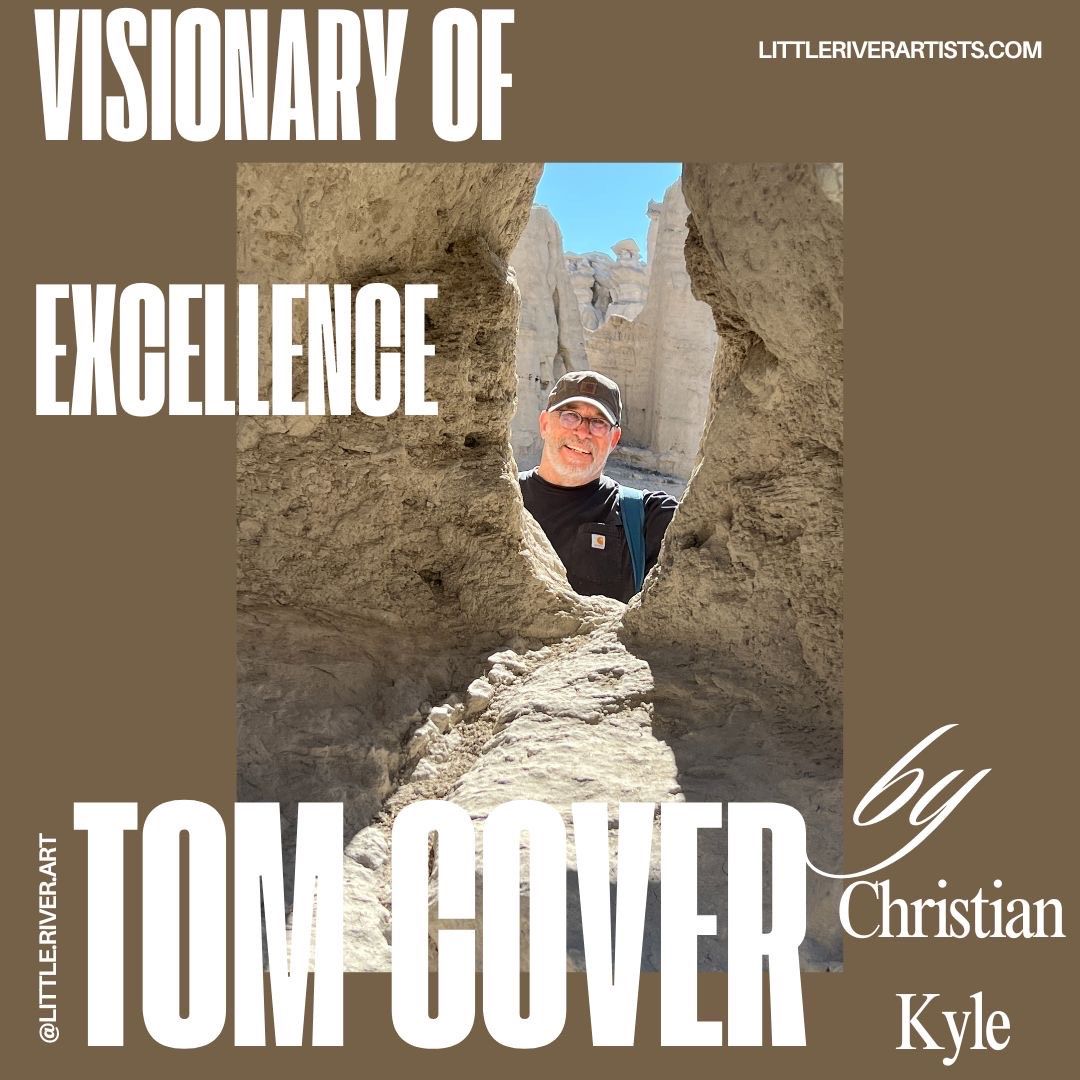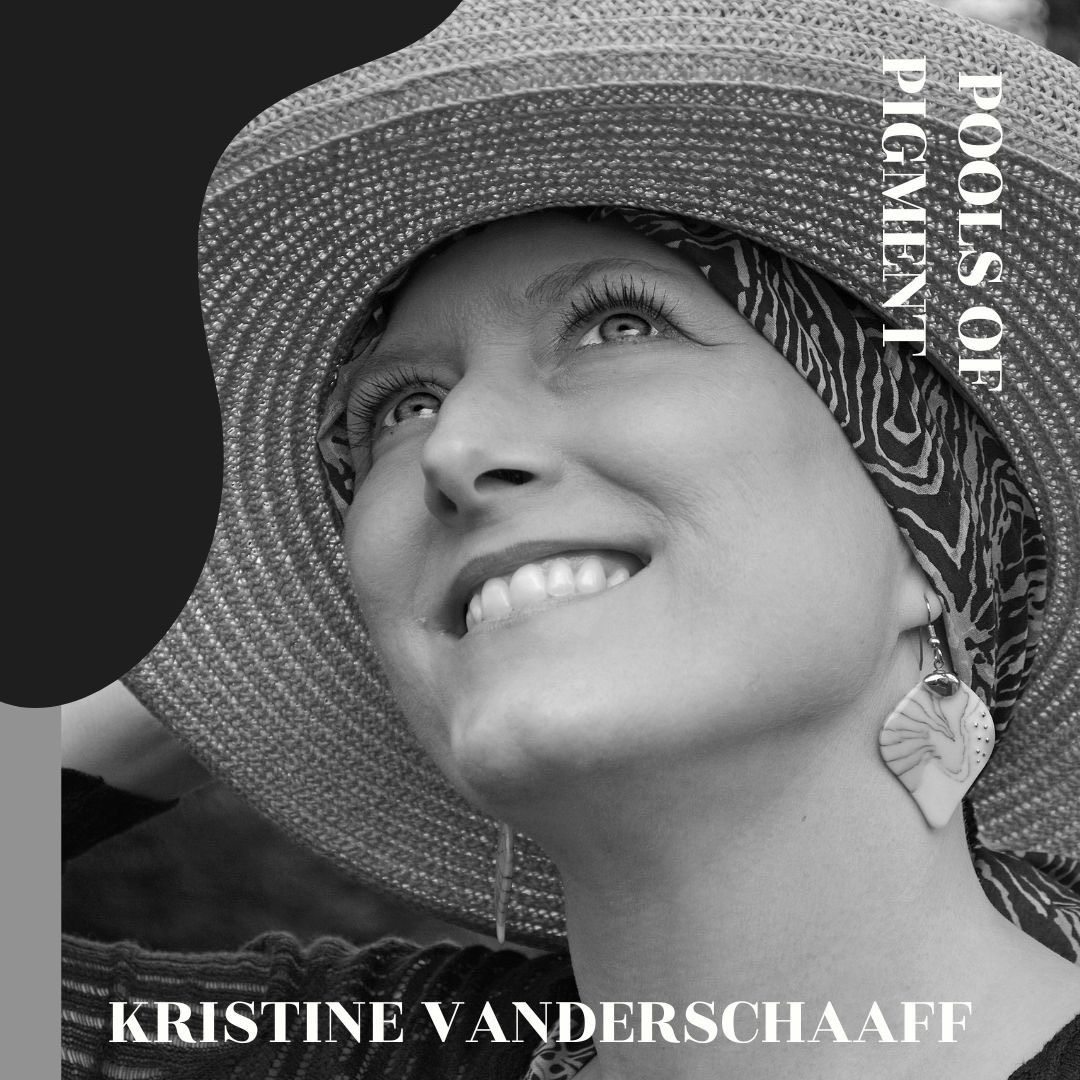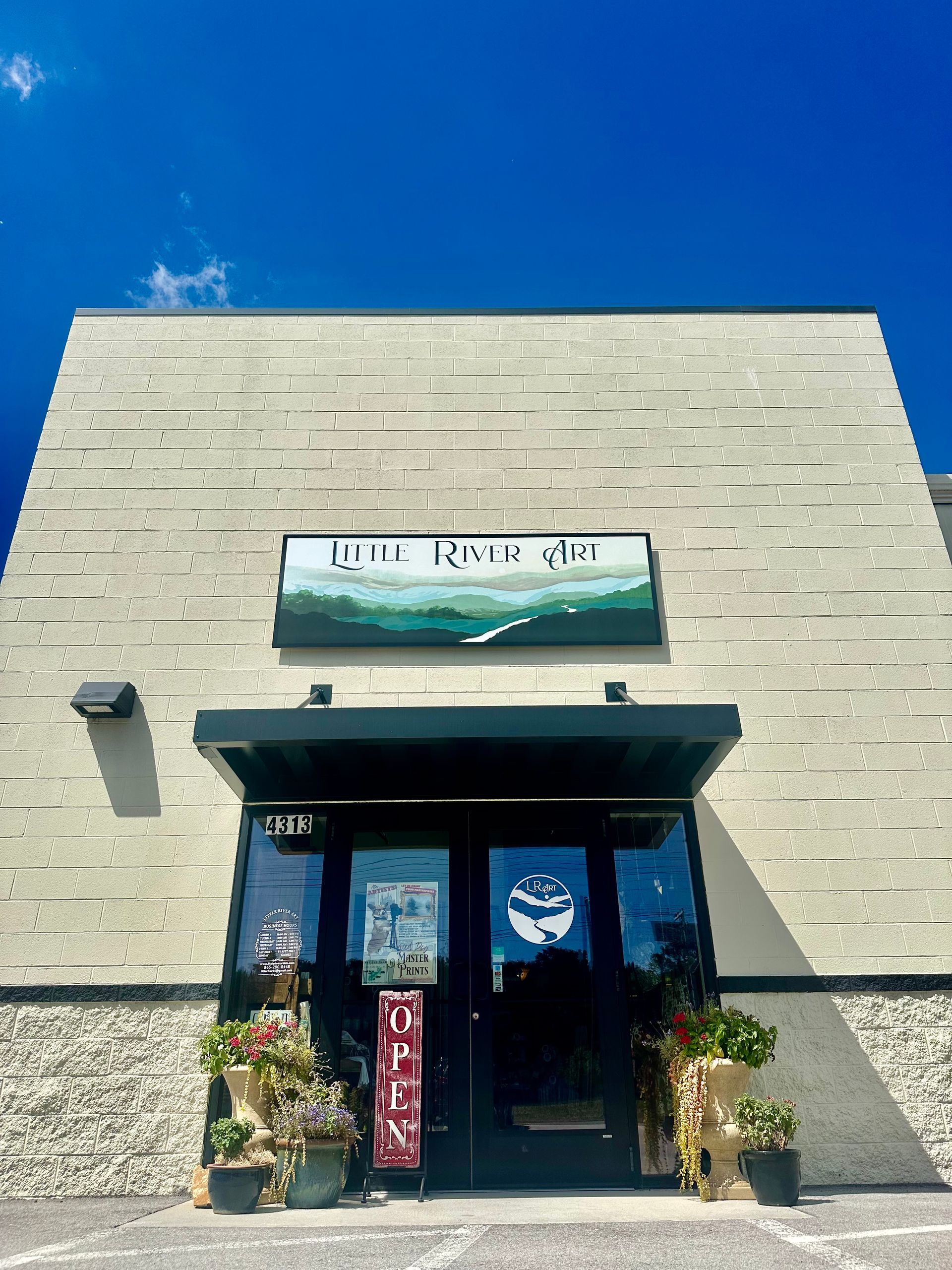She's As Free As The Birds: J. Austin Jennings
She's As Free As The Birds: J. Austin Jennings
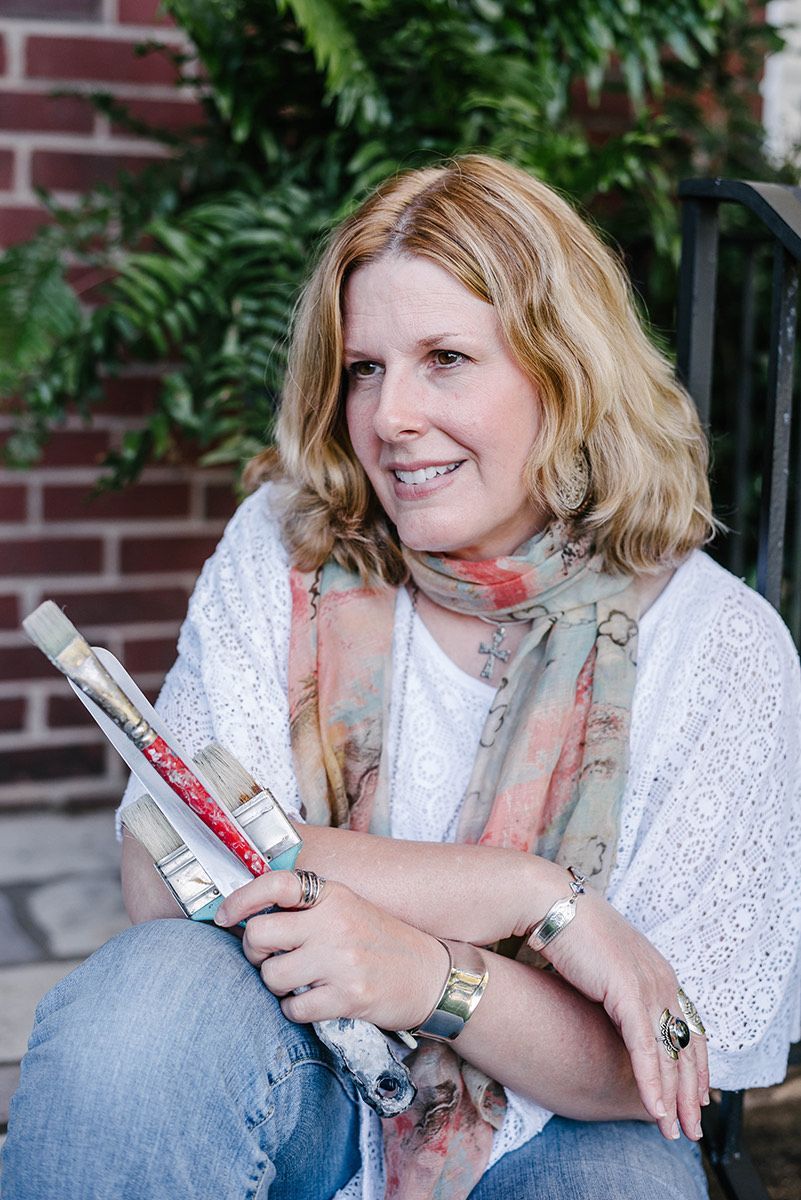
As the foggy rain drained out the light of our office, an intimate interview ensued with our esteemed, J. Austin Jennings in the shrouds of illumination echoed by a table lamp. We sat at her wooden desk and talked about her identity as an artist, especially in regards to her work here at Little River Art.
Jennings came to Knoxville in 2013, following her departure from Ohio. A move that would go on to transform her future into an irrevocable beauty. Our interview started with a conversation based around Jenning’s new creation.
When asked about this new piece, Jenning’s face beamed with inexplicable joy as she proceeded to describe it: a series of five smaller works featuring birds.
“A client wanted me to do a smaller set of pieces and I decided to trek forth with an idea featuring birds that would be based on one of my favorite pieces I’ve done which is my Chinoiserie called ‘Understory.’”
Jennings revealed she has always been inspired by Chinoiserie work, a trend that was popularized in the 18th century in Europe when trade with China became extensive. Europeans were entranced by the intricate art that honed in on ebullient decoration, asymmetrical design, and a focus on stylized nature that leans in on leisure and pleasure. This style of Chinese art was then recreated and interpreted by European artists, specifically in France when the aristocracy fell in love with this traditional Chinese art form.
Jennings continued, “Understory was an artful highlight of the trees in nature that served as the understory, which I find an abundance of beauty laced within that. It was a depiction of trees, such as a Dogwood, that grow under the shade of others. It felt symbolic of life. Beauty can grow in the shade, and ultimately transform itself into light.”
Transitioning in her chair, Jenning then opened up about how she finds titles for her work.
“I love titles that flow off the tongue, and are reminiscent of poetic nature. My titles can also come from my own life circumstances. I did a piece before, when I relocated to Knoxville, called “The Poetry of Leaving,” and this was a piece featuring more birds. I felt like it was an homage to leaving my life in Ohio behind, even my parents. It was about taking chances on myself, regardless of the risk. I think the titles of my pieces go hand and hand with what the art is trying to communicate.”
Even with the new pieces, Jennings is still utilizing the imagery of birds for they represent the freedom of flight. The ability to change directions in life. To feel the paradise of liberation in the marvel of nature. This is essential in understanding who Jennings really is. An artist unafraid to walk into the pervasiveness of the unknown, and find something worth painting. To find something worth living for.
Scribbling on my notepad, I then felt the inclination to ask Jennings where the process of curation even begins. Is it something innate within herself, or is it a combination of things?
“I think when you are working directly with clients who have their own visions, you have to really sell yourself on their ideas because in order to initiate the creative process I need to be in it. I need to really discover a passion for the work. I have to fuse my idea of the piece with the clients. Once I do this, I just start. I lose myself within the joint vision.”
Jennings furthered this explanation in saying she always “marries the idea,” which leaves her in a state of production where she has a keen eye for her own vision but also combines that with her clients. Jennings is a versatile artist who can take the inspiration of a client and modify it into her own. She really becomes her pieces and that is the true beauty of being an artist. No matter what you are working on, no matter where the idea came from, you utilize your own gifts to make it possible. You have to conceptualize the idea in your own heart. That is when the magic happens.
I then got to thinking about what happens in her creative realm when she experiences a block of productivity. A common occurrence for any artist is to lose sight of their ideas, even if it is for a day, it can happen. I was curious to understand how Jennings overcame these normal obstacles. When asked how she overcomes the challenges of creation, she smiled.
“I think whenever I feel stuck on something, I turn to escapism. I fully allow myself to be pulled in other directions because I feel it is when we take time to live our lives, that is when the ideas that fuel creativity burst out of us. So, I would say I just let it happen. I let the creative block occur, and then I live through it, and when I am on the other side I am then able to create something I don’t think I would have been able to if I didn’t allow myself the time to be uninspired.”
Following the same line of questioning, I asked Jennings what happens after that block of creativity, and a piece is made. When ever, does she know it is finished?
She smirked and let out a muted laugh, “Well, I don’t think you ever know when something is finished. If there is a deadline on a piece, you kind of have to accept the act of crossing the finish line. When it is more personal you have to release the identity of being a perfectionist and just let go. Let the piece live, and breathe. So to put it simply, I just let go of my brush and let the art tell me when it’s time.”
The journey of Jennings as an artist began in elementary school. She had twins in her class who were the traditional “it” boys. They set the school trends and like every adolescent nightmare they determined who was cool. One day, Jennings took a project assigned to everyone and did what she does best. She made it her own unique vision. She made it more than a project but a statement, and she recalls vividly the twins turned to her and beamed, “Jenny Austin, you’re an artist!” That was the moment she said to herself, “Yes, I am.” Since, her path has been defined for her. She was born to do this, and she did it. Like every artist that came before her and after her, she had to make the decision to believe in her talent.
I was curious to know what in this world inspired her paintings and she got very quiet and deep in thought. She then looked up at me with a smile, and I could feel the passion she has for art rising from her soul through her eyes.
“There are hidden gems in our world and our Earth that we don’t really see. I want my art to convey a feeling of being there, but not in the sense of photo realism but to make the viewer feel what being there would be like.”
Now, we must incorporate the place that truly changed her life forever. Little River Art.
Jennings had a ten year long career painting prior to Little River. She taught art classes and she garnered a following but still she was missing something that made her feel more free as an artist. Something that could turn it all into a complete vision of a career. She fled the mundane of Ohio, and embarked on a journey to Knoxville, Tennessee.
She was teaching a class one day at Arrowmont in Gatlinburg when she met a now fellow Little River artist, Annalee Bohon, who told her to meet with Tom Cover. The founder of Little River Art. Jennings described how Little River Art changed her forever.
“I went from being an artist living in an acorn to an artist with the run of the whole forest. I give Tom credit for turning a key in me and that door had never been open before. I had the work, the portfolio, and the following but I never had the freedom to make mistakes and to just throw paint on a canvas. Tom would purposefully tell me “Mess it up.” We had so many mediums and canvas sizes and I was like a kid in a candy store. There were endless possibilities at Little River.”
Tom Cover offered her a full-time job and she helped bring the new age of Little River to the precipice.
“There were many growing pains, but Tom believed in me, and I always needed that. I know meeting Tom Cover saved my life. After my divorce, I could’ve lost myself, but within the belief he had in me, I found my salvation. I found my home.”
Wiping a brisk tear from her eye, Jennings had a look of fulfillment as she talked about her husband and partner. I then asked her what she wanted for Little River.
“I want it to be a place where artists are nurtured. For those who have meaningful visions to share that can make a space different and special. For artists who have a cohesive desire to put beautiful imagery out into the world.”
Jennings is an artist that lives for the beauty of freedom and expression, and the passion behind putting all of your faith into your talent. She creates depictions of landscapes and natural environments and creatures that exist within them. Her work is truly about what happens when you leave behind tear stained evenings and chase the wild beauty that exists within new beginnings. This would be why her new pieces are centered around birds. Later that day, we had lunch and Jennings spent her time looking at paintings of birds. I could tell that these creatures were symbolic to her. They will always speak to her because they remind her of that little girl who was proclaimed as an artist by her peers, the little girl turned woman who fled a life that was no longer serving her, and the little girl who found her home at Little River Art. When she embraced the arms of freedom and allowed herself to be wrapped by its warmth, she found her life. She found her purpose. She is an artist through and through. An artist who stumbled upon her forever home because like the birds that fly in the pale blue sky, she soared from the nest and found her bliss.
